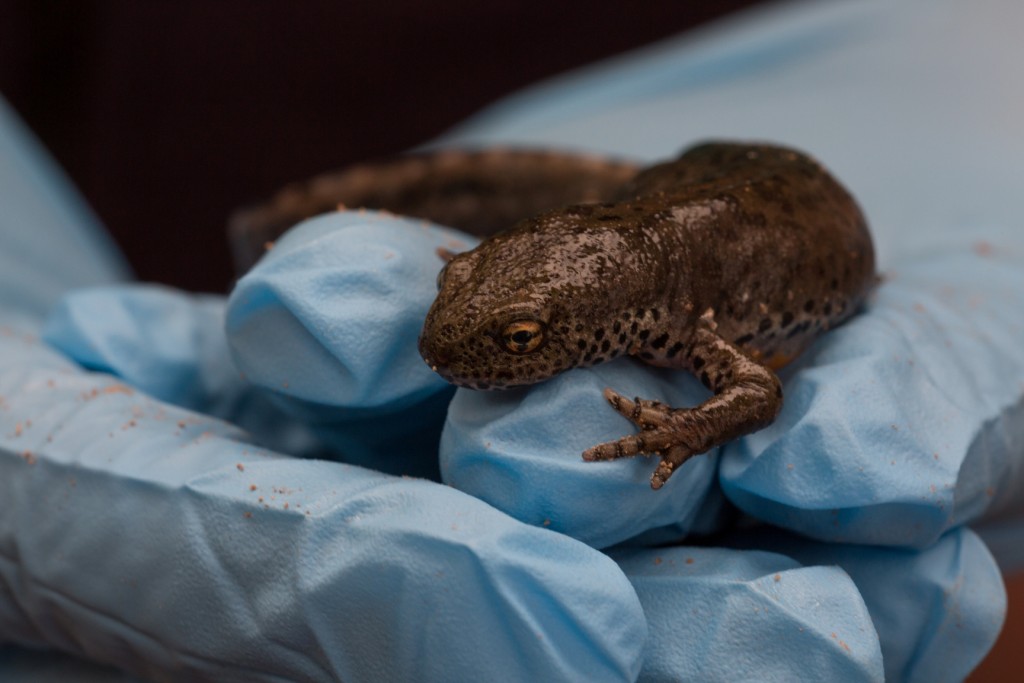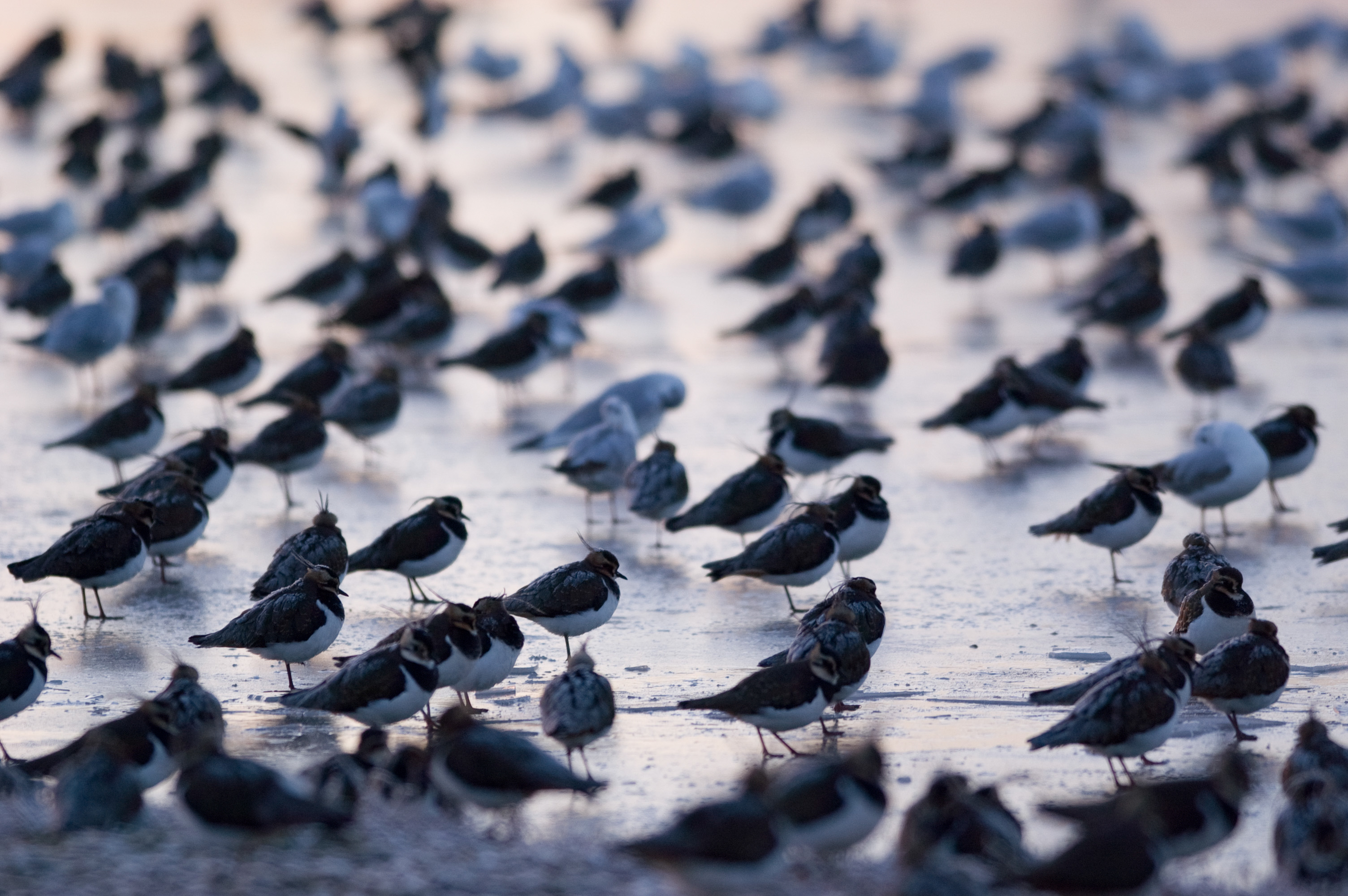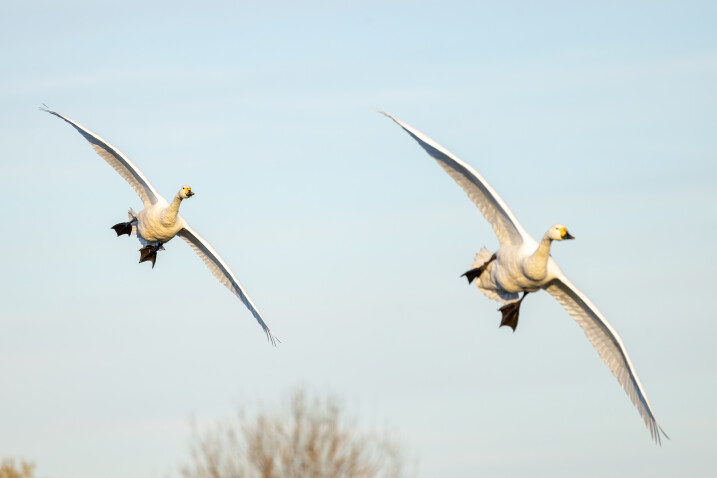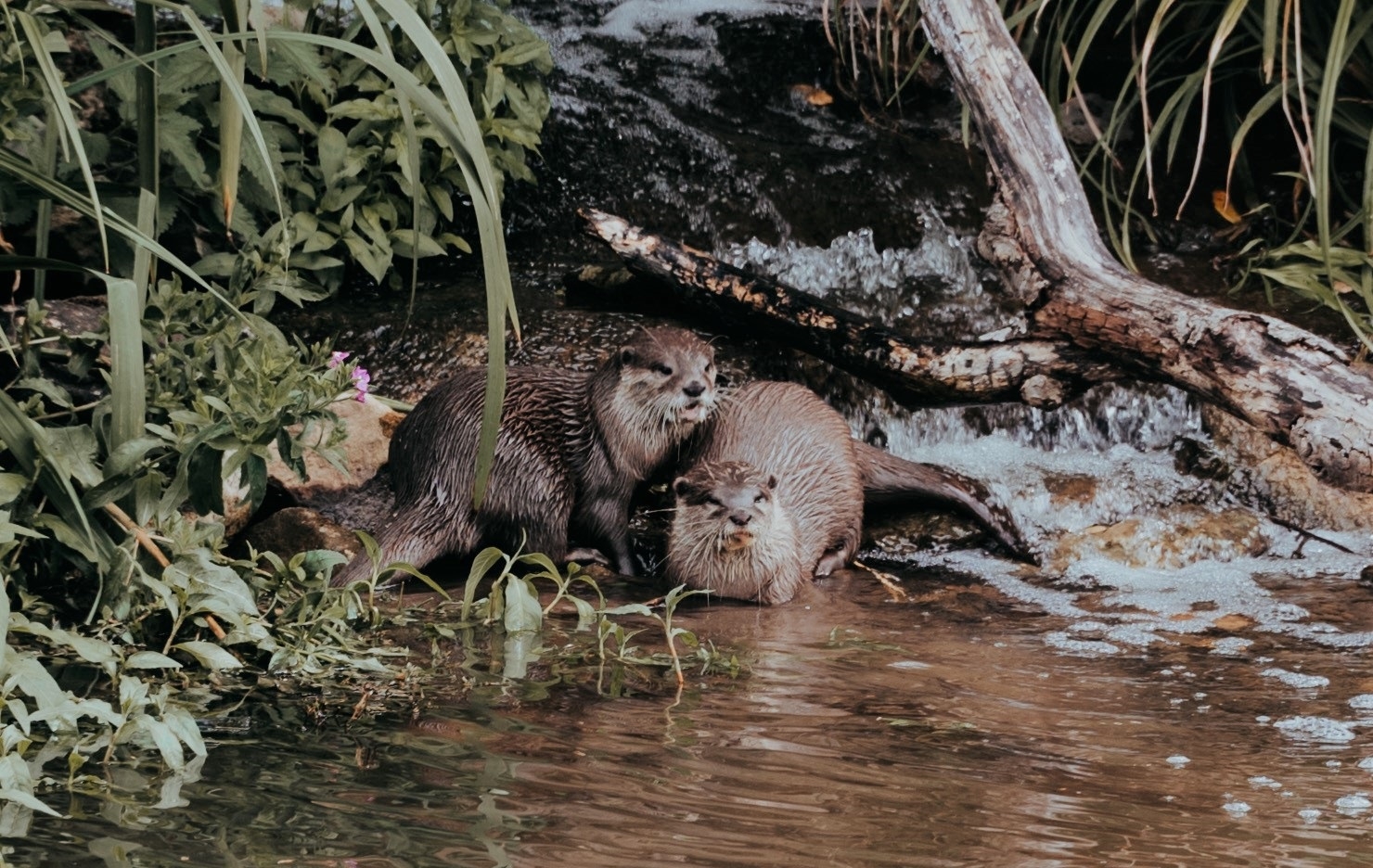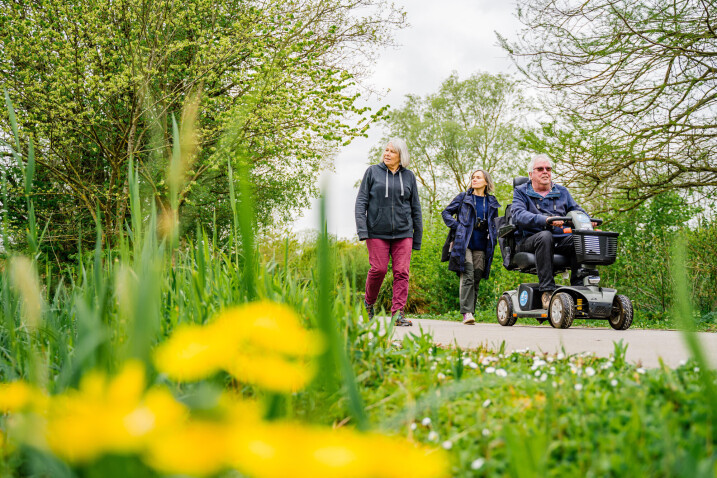Bin liners give boost to baby newts
The humble bin liner is proving indispensable for an amphibian keeper rearing newts at WWT Slimbridge Wetland Centre.
Jay Redbond has been placing strips of black bin liner in his newts’ tanks to act as artificial leaves for them to lay eggs on.
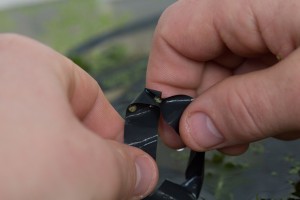 The newts have been readily laying on the liner and the method is helping him retrieve eggs easily to rear them in a safer environment.
The newts have been readily laying on the liner and the method is helping him retrieve eggs easily to rear them in a safer environment.
Jay has found that the bin liner actually works better than fake leaves as the female newts can fold it over easily after laying to protect the eggs.
Jay said: “They say the simplest tools can be the best and this is one of those cases.
“Using bin bags is perfect as I can easily put the strips in the tank and more importantly remove them without causing disturbance.
“I tend to use the black ones as some newt eggs are sensitive to light. I’ve been doing it for some time now and I’ve heard some other private breeders do it.”
Baby newts and eggs can be at risk of being eaten by adult amphibians – sometimes even their parents – so it’s safest to rear them elsewhere.
Jay is currently rearing two species of newt: Alpine and Crested. Alpine Newts are an invasive species to the UK and can be found in garden ponds. Whereas the Great Crested newt is a native species, which is threatened in the UK due to habitat loss.
The issues of invasive species and the threats facing amphibians are covered in daily talks at WWT Slimbridge in which families can see the amphibians close up.
Jay added: “They are breeding very well this year I keep putting fresh strips of bin liner in and they keep laying more eggs so that’s great news. Now we just need to wait and see how many develop into healthy adults.
“So far I’ve collected about 40 eggs, they are still laying. It will take about three years for them to develop into adult newts.”
WWT Slimbridge has the largest collection of amphibians in the UK. To find out more about the collection and the daily talks go to wwt.org.uk/slimbridge
